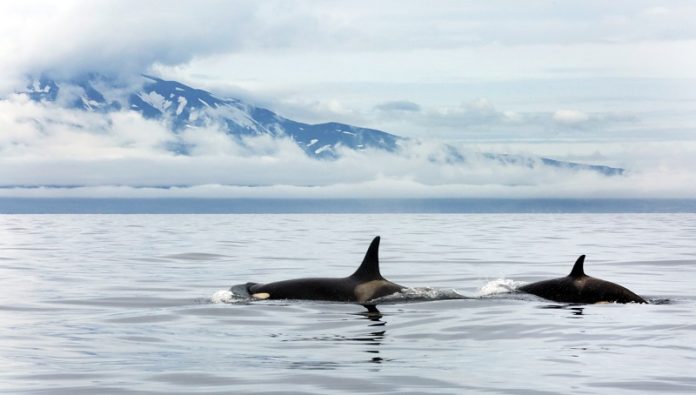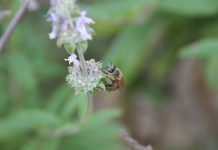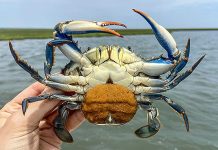
Whale experts have discovered something really interesting about killer whales, or orcas, near Japan and Russia.
Different groups of orcas live very close to each other but act as if they’re from different worlds!
They eat different foods, speak in unique languages, and even don’t mate with each other. How can this be?
Olga Filatova, a whale biologist at the University of Southern Denmark, has been trying to solve this mystery.
She’s been on several trips to study these orcas and recently published some amazing findings.
Olga found out that some orcas living near Japan today are actually the great-great-grandchildren of orcas that lived there 20,000 years ago during the last Ice Age.
These old orcas had chosen the area as a safe space, free from ice, and their descendants have stayed there since.
Orcas are creatures of habit and don’t like to change their ways. Filatova says this is the second time she’s found such an “ancient hideout” for orcas.
The first one is far away, near the Aleutian Islands. Just like the Japanese orcas, these ones also stick to their traditions.
The study used some cool methods to find out all this information. They took tiny skin samples from the orcas for DNA testing and used underwater microphones to listen to the sounds the orcas made.
They found that the orcas near Japan have a rich mix of genes and their own special language, different from other orcas up north. This means they’re quite unique!
So, why is all this important? For starters, it could help us understand how orcas will deal with climate change.
As the ice melts, these creatures will probably move north, but they’ll do it in their own little families, not in big groups.
Another interesting point is that these findings challenge the idea that all orcas are the same. Filatova thinks they should be divided into different species or at least sub-species because they are so different. Some orcas only eat specific types of fish, while others prefer marine mammals like seals.
This information is vital for people who fish in these areas. Orcas eat a lot—between 50–100 kg of fish per day—and this affects how many fish humans can catch.
It’s also crucial for marine parks, especially those in China where orcas are still in demand. Knowing what each type of orca eats can help in their care if they are captured.
Right now, scientists use the term “ecotypes” to talk about these different kinds of orcas. Filatova believes there could be up to 20 different ecotypes! Knowing about these can help us understand the ocean’s food chain better because orcas are at the top of it.
Even in waters near Denmark, orcas are sometimes seen, and Filatova is excited to learn more about them. Who knows? They might turn out to be a brand new ecotype of orca!
So the next time you think about orcas, remember: they’re not all the same. These fascinating creatures have ancient histories and unique lifestyles that we’re just starting to understand.
Follow us on Twitter for more articles about this topic.
Source: University of Southern Denmark.



